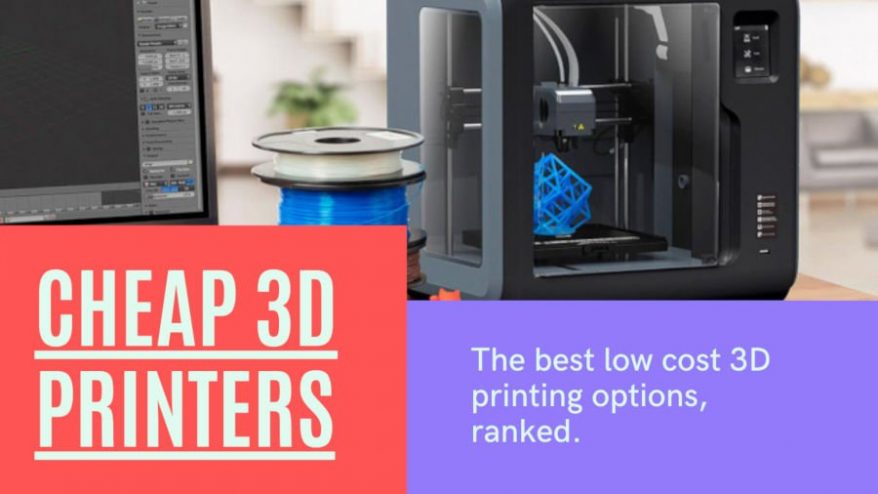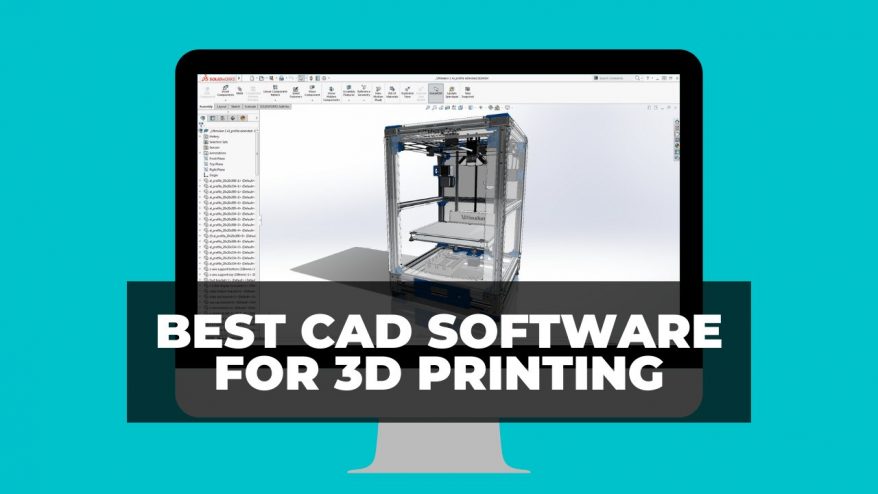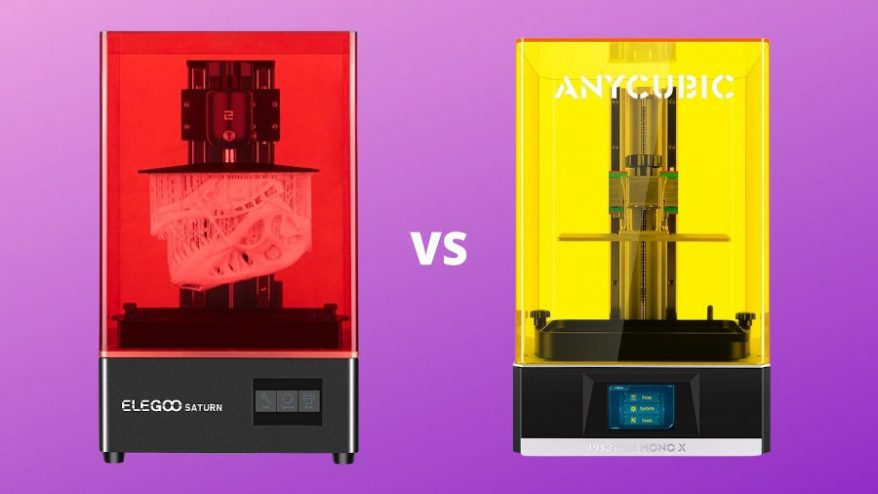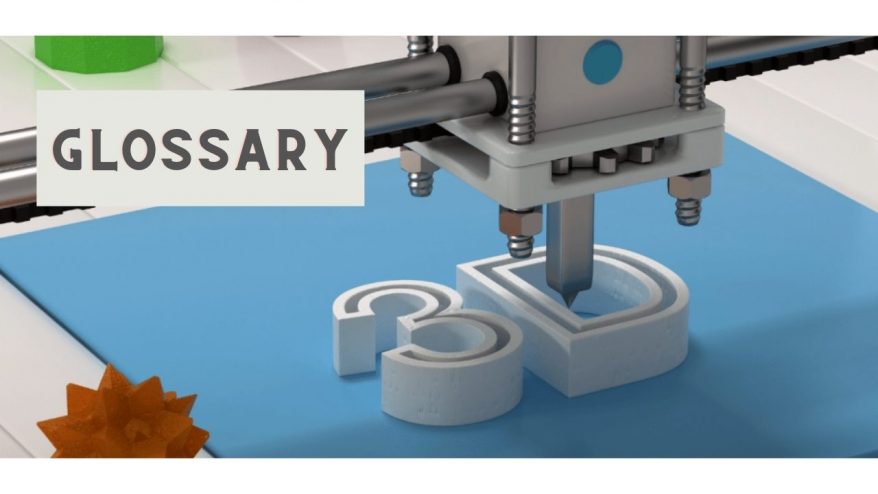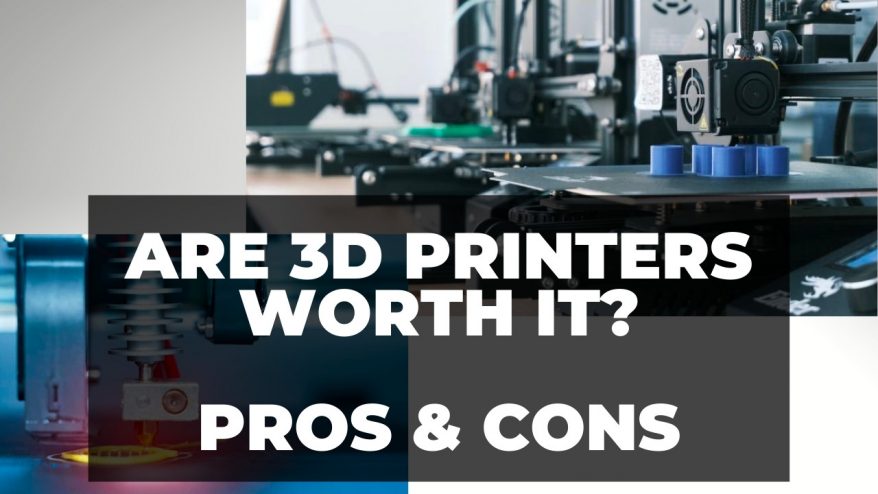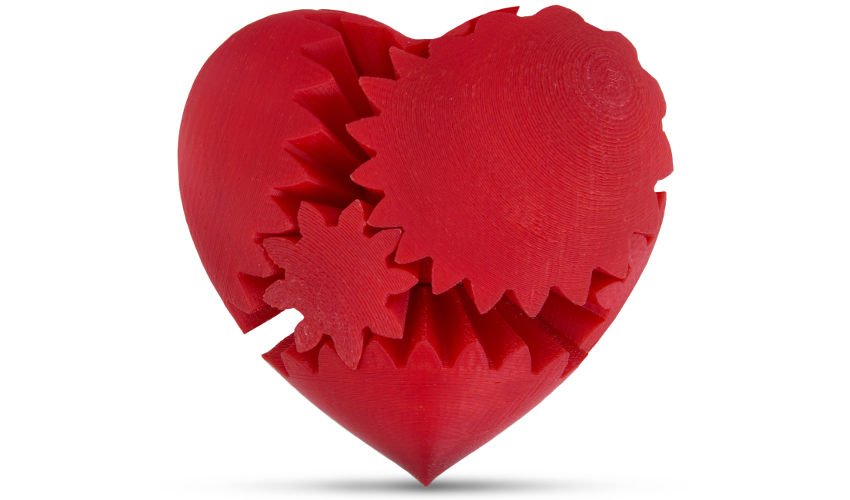
How Close Are We To Working 3D Printed Hearts?


At 3DSourced we’ve covered everything 3D printing and 3D since 2017. Our team has interviewed the most innovative 3D printing experts, tested and reviewed more than 20 of the most popular 3D printers and 3D scanners to give our honest recommendations, and written more than 500 3D printing guides over the last 5 years.
What do you think the leading cause of death in the USA is? Here’s a clue, it’s not cancer.
That dark accolade instead goes to heart disease and cardiovascular problems, fueled by soft drinks and obesity. Over 26 million people suffer from heart failure worldwide, and 1 in 3 deaths are caused by heart problems.
The problem is there are just not enough hearts. Transplant organs are usually taken from car crash victim donors, but there is still a sizable waiting list which can take years.
Receiving a new heart doesn’t guarantee a full life either: organ recipients often die within 10 years of the transplant, either because the body rejects the new heart or the anti-rejection drugs suppress the immune system, increasing risk of illnesses such as cancer.
- If you find 3D bioprinting and 3D printed organs interesting, check out our full guide to 3D printed organs.
3D Printed Hearts: The Solution
This is where 3D bioprinting may be able to assist. The ability to 3D print an identical heart to yours, and from your own cells, erases the risk of rejection and the need to take these drugs.
But is this really possible? Can we just manufacture working human organs from thin air? This article involves extensive research into the area, and will seek to explain this in full detail, comprising two parts:
- Part 1: Research into 3D printing biological hearts made from human tissue that are exact replicas of existing hearts.
- Part 2: Research into 3D printing artificial hearts that would replace faulty hearts and beat artificially, made from silicone.
Advantages of 3D printed hearts

How to 3D Print a Heart: A short introduction
3D printing used to be limited to a few plastics like PLA and ABS, but now you can 3D print metal, and even living cells. Printing living cells into working tissues is how we aim to create 3D printed hearts.
Stage 1: Scan the heart — To create an exact replica of the patient’s heart, you need to know the exact dimensions of the patient’s heart. This can be done via an MRI scan to create a digital 3D printed heart model.
Stage 2: Create the heart — Cells such as blood cells are taken from the patient — key to the body not interpreting the organ as foreign and rejecting it — and converted into stem cells, and infused within a bio-ink to be 3D bioprinted.
Stage 3: Transplant the heart — This has never been done before, but once a functional 3D printed heart is printed, it could be transplanted into a living patient.

The process below does not yet work fully, and is still partly theoretical:
The most efficient way we currently know of to 3D print hearts is with a scaffold in place which defines the areas which the bio-ink and heart cells are to be printed in. Once the shape has been printed, this scaffold keeps the cells where they should be, allowing them to assemble into heart tissue. Miraculously, heart cells will just come together when in proximity, and will eventually start beating like a real heart does!
When the heart is mature enough to function without a scaffold, it is heated and melted off. This finished heart can then be transplanted into the patient with no chance of rejection and no need for anti-rejection drugs.
Companies such as BioLife4D and Cellink both follow this philosophy, believing that creating real 3D printed hearts from native tissue is the way forward. We are currently able to create small tissues with a patient’s cells, and it does beat.
But there are problems on the very small scale. Capillaries are just one blood cell thick, and are plentiful inside the human body. No 3D printer on the planet can accurately print anywhere near that scale, yet.
Part 1: 3D Printed Hearts Made From Real Human Cells
The following examples are from companies and research facilities at institutions such as universities, that have made key discoveries that move us closer to 3D printed transplantable hearts.
Organovo: The company trying to 3D print hearts
A prominent company in the 3D printed heart and 3D printed organ space is Organovo. Founded in 2007 in San Diego, CA, Organovo design and create human tissues with 3D bioprinting and aim to create living human tissues that function identically to native tissues. The company has pioneered many of the bioprinting techniques known today.

Organovo’s first breakthrough came in 2009 when they created the first 3D bioprinted blood vessel. Since blood vessels are some of the main building blocks to creating organs (and therefore a successful 3D printed heart transplant), this was a tremendous achievement.
Organovo went on to develop 3D printed liver tissue, as well as partnering with L’Oreal to develop 3D printed skin tissue in 2015. They weren’t the only company trying to create 3D printed hearts and organs however, as companies such as Cellink, Biolife4D, EnvisionTEC, and more either build 3D bioprinters or research ways of printing organs.
Tel Aviv University 3D printed mini heart
At Tel Aviv University’s School of Molecular Cell Biology & Biotechnology in April 2019, a team 3D printed a small heart using human tissue, including working blood vessels. The 3D printed miniature heart does not pump or function yet, but does contract like a heart does. Tal Dvir, the lead scientist on the project, says it is the first time an entire heart with cells, blood vessels, ventricles and chambers has been printed.
It is very small, around the size of a large rodent’s heart, but it is key progress towards a full-size, transplantable 3D printed heart. The heart was created using bioinks created by taking a biopsy of omental tissues from a human patient, separating the cellular and non-cellular components and reprogramming the cells to become stem cells, and then into cardiac or endothelial cells.
The plan now is to scale up to a human heart, which the team do not believe would require any different technology than they already have. They do however need to manage to make the hearts work and beat like a functional heart before they can start transplanting these hearts into patients.
- Read more about the project here.

BioLife4D
BioLife4D have a game plan for reaching a stage where 3D printed hearts will become a reality. The belief is that pharmaceutical companies will use these printable-on-demand hearts to test new drugs and their effects. Once this preliminary stage has been completed, BioLife4D intend to move on to making small animal hearts. Then, they will gravitate toward large animals, before making the eventual leap to real 3D printed human hearts.
Their first big breakthrough in 3D printed hearts was the printing of a patch of human heart tissue in 2018 capable of contracting like a heart does. Though just a patch of tissue, this is already enough for important surgeries whereby implanting strips of heart tissue onto the hearts of patients with acute heart failure can have parts of this damaged heart restored.
In September 2019, BioLife4D fulfilled their promise to produce a mini 3D printed heart, replicating many of the features of a human heart. They believe that with this miniature version created, it is only a matter of time before they are able to scale up to a functional, human-size heart that can be transplanted into people.
SWIFT — A New way of 3D printing hearts
At the Harvard Lewis Lab, SWIFT (sacrificial writing into functional tissue) promises to completely change how we use 3D bioprinting to save lives. The process involves taking human cells from patients and transforming them via stem cells into cardiac cells. These cells are packed together, and 3D printed vascular structures are then printed in gelatin ink into them, to create a channel network that mimics the structure of real-life human vascular networks.
The gelatin ink is then heated out of the mix, leaving just the vascular channel replicas within the tissue. These parts can then be linked with endothelial cells (the cells that line blood vessels) to mimic these blood vessels and help deliver oxygen.
Most excitingly, this discovery isn’t limited to just 3D printed hearts. Other organs with similar structures can also be created, and stem cells are so versatile that the system would not need to be overly tweaked for other functions.
The lab managed to create a strip of heart tissue slightly taller than a centimeter, and it managed to beat like a living heart for 7 days. This shows real progress towards creating larger, and functional, 3D printed hearts.
There is another school of thought however. If a foreign object can fulfill the same role as a human heart does, do we really need a human heart at all? 3D printing can help here also.
- Read more about the project here.
Part 2: 3D Printed Artificial Hearts
We are better at manufacturing objects from materials such as plastics and metals than we are from living tissues; our cities and houses are evidence of that. By this logic, it should be simpler for us to build artificial hearts that can pump blood round our bodies in the event that our heart fails.
The heart’s job doesn’t sound that difficult; it’s just pumping blood. This shouldn’t be hard to do artificially, right? We can build skyscrapers and racecars, surely we can build a glorified pump?
But alas no, it is not easy. Researchers at ETH Zurich found this out in July 2017.
ETH Zurich: 3D Printed Silicone Heart
Researchers at the Functional Materials Laboratory within ETH Zurich developed a silicone heart last year that beats almost like a human heart. There have been previous attempts to create artificial 3D printed hearts that work, but this is the first entirely soft artificial heart that pumps using pressurized air.
- We also have a guide to 3D printing silicone.
What’s more, the pumping mechanism mimics a real heart, and required no assembling. It was 3D printed as one large, assembled structure and includes a left and right ventricle. Only the input and output parts need to be attached post-print, where the blood is pumped in and out. It’s also the same size a human heart, so if perfectly it could be transplanted into humans.

This extraordinary heart was developed by doctoral student Nicholas Cohrs — with a surname eerily similar to the French word for heart, coeur — and was led by Professor Wendelin Stark of Functional Materials at ETH. The heart was made from silicone using Lost Wax Casting, which is often used in the mold-making and 3D printed jewelry sectors. Weighing 390 grams, it is fairly similar to the weight of a real heart (310 grams), though this cloudy white contraption looks very alien.
3000 beats to heaven
When put under testing, ETH Zurich’s silicone heart lasted a few thousand beats before the material could no longer take the strain. Depending on your heart rate, this equates to between 30 and 45 minutes of human functioning. Therefore, it seems we still have a way to go before an artificial heart is possible.
We shouldn’t underestimate how dexterous our hearts are. They can work for a hundred years under the strain that our best alternatives cannot for an hour. Evolution is wonderful, and so is cardiac muscle. This does mean however that we are some way from a 3D printed heart implant.
Two years later in 2019, the same team designed 3D printed heart valves to replace damaged valves in patients. Unlike previous artificial heart valves, these 3D prints are formed from MRI scans to fit the patient perfectly, a key advantage over current transplantable valves.
ETH have shown that good progress has been made, so we have every reason to be positive. We must also however be humbled by the strength and power of our organs. They are temples, and we must treat them accordingly.
Conclusion: 3D printed hearts are several decades away
3D printed hearts offer an exciting alternative to current systems of organ donation. With self-driving cars promising to drop road accident deaths to a fraction of current levels, organs from donors is predicted to drop significantly. We need an alternative — and less demise-centered — way of harvesting organs, and 3D bioprinting could be what saves us.
It’s too early to tell how feasible this is, as fully developed organs are still far from reality. Though don’t dismiss it as sci-fi either, 3D printing is an exponential technology and prone to huge discoveries. The future is always exciting, and we will have to see what it presents us.
A conservative estimate for working 3D printed hearts is 30-50 years. This could all change if levels of investment change, or a sudden massive leap in progress occurs. It is handy that the heart is one of the simplest organs in the body however, as it fulfills no other role than to pump, pump, and pump some more.







